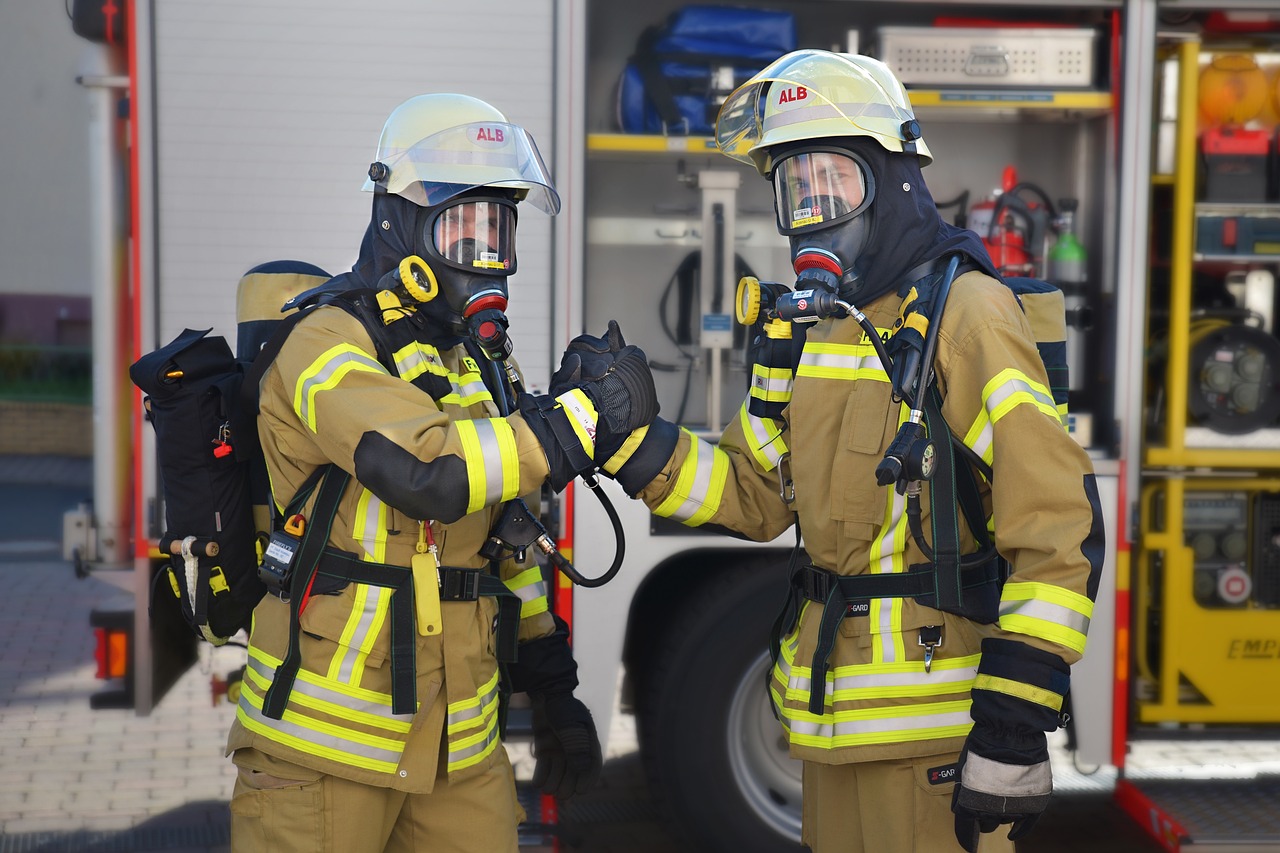Blogging about firefighting on the volunteer fire department’s website can be a powerful way to share valuable insights and information. To get started, focus on creating engaging content that explores into firefighting techniques, safety procedures, and leadership wisdom. Here are some tips to help you kickstart your blog and connect with your audience effectively.
Planning Your Blog
Defining Your Target Audience
The key to a successful blog is understanding who your audience is. Any blog on the volunteer fire department’s website should be tailored to the needs and interests of firefighters, emergency responders, and those interested in firefighting techniques and safety procedures.
Choosing a Platform and Domain Name
When setting up your blog, consider the platform that will best suit your needs. Audience engagement and user-friendly interfaces are crucial. Look for platforms that allow easy sharing of firefighting articles and leadership insights. When dicking out a domain name, choose something that resonates with your target audience and is easy to remember.
Creating Engaging Content
Writing Style and Tone for Firefighting Articles
Style: While writing articles for the volunteer fire department’s blog, aim for a clear and concise writing style similar to Ernest Hemingway. Use simple language and avoid jargon to ensure that readers can easily understand and engage with the content.
Researching and Organizing Your Ideas
Writing: When creating content for the blog, research firefighting techniques, safety procedures, and leadership insights thoroughly. Organize your ideas in a logical manner, starting with an introduction, followed by body paragraphs with supporting details, and ending with a summary or conclusion to help readers grasp the information effectively.
Your research should include consulting with experienced firefighters, referencing reliable sources, and incorporating real-life examples to make your content authentic and engaging for the audience. By organizing your ideas cohesively, you can present complex information in a structured and easily digestible format.
Safety and Leadership Insights
Sharing Personal Experiences and Lessons Learned
One of the most valuable ways to educate others in the fire service is by sharing personal experiences and lessons learned. By recounting real-life scenarios and the insights gained from them, firefighters can provide practical knowledge that goes beyond textbooks and training manuals.
Interviewing Other Firefighters for Insights
Learned from interviewing other firefighters is the power of collective wisdom. Each firefighter brings a unique perspective and expertise to the table, enriching the dialogue and deepening our understanding of safety and leadership in the fire service. By tapping into the experiences of others, we can gain a broader insight into best practices and innovative approaches to firefighting.
To wrap up
So, by following these tips and starting a blog on the volunteer fire department’s website, you can share in-depth articles about firefighting techniques, safety procedures, and leadership insights. Your knowledge and expertise can benefit both your fellow firefighters and the community, making your blog a valuable resource for all involved in fire safety and emergency response.


